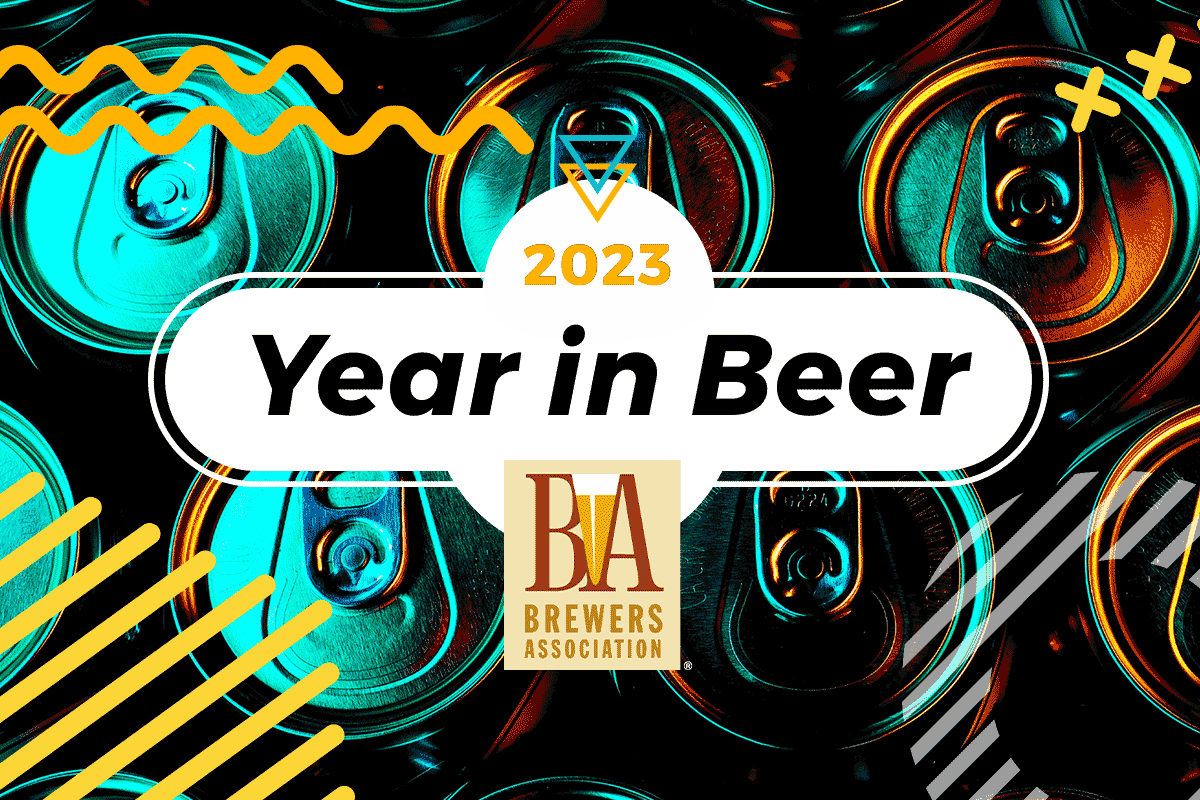
Challenges continue in a mature and competitive market
As 2023 draws to a close, the Brewers Association—the not-for-profit trade association dedicated to small and independent American craft brewers—recaps a year that proved challenging for many small and independent brewers facing a mature, competitive marketplace. Its mid-year survey indicated a production dip, with all signs pointing to production being down in 2023, the first time outside of a unique 2020 that independent brewers have seen such a decline. Craft’s challenges come in the context of a slow-growth environment for all beer. Pricing, demographics, and marketing/branding continue to be factors in beer’s continued share loss within beverage alcohol.
“While many individual businesses are struggling, there is good news in the continued overall popularity of the category. Yes, things are more challenging, but independent brewers still sell more than one out of eight beers in the United States; beer drinkers spend roughly one out of four of their beer dollars on a beer from a small and independent brewer; and the industry remains a source of jobs and community across the country,” said Bart Watson, chief economist, Brewers Association.
Federally and on the state level, the Brewers Association continued its work to ensure small brewers have equitable access to markets, fair tax rates, and sensible regulations. The Brewers Association prioritized working closely with state guilds nationwide to modernize outdated laws and regulations, with efforts supporting shipping craft beer directly to consumers, beer franchise law reform, and self-distribution authorization for small and independent craft brewers.
“While the Brewers Association, along with state guilds, will continue to fight for additional market access in areas such as direct-to-consumer shipping, many of craft’s current challenges will require new strategies to reach new and existing customers in new occasions with new flavors and innovations,” said Watson. “To grow in 2024, small brewers can work to take share within the same pie or grow the pie in new ways.”
Supply chain issues moderated somewhat in 2023, but climate change and persisting disruptions challenged brewers throughout the year. Climatic stresses affected the two primary agricultural inputs in brewing: barley and hops. The 2023 North American barley harvest was larger than in 2022 but still below the five-year average. Barley quality issues persisted, particularly in the Canadian prairie provinces and parts of Montana, where precipitation remained below average and temperatures stayed above normal. In the U.S., hop acreage strung for harvest decreased due to the large volume of hops in inventory, but growing conditions produced above-average yields in most varieties. Climatic conditions continued to be challenging in Europe, with the quantity of hops harvested remaining well below average. The supply of CO2 stabilized somewhat, but spot shortages continued to affect some regions.
View the complete 2023 Year in Beer report.
SOURCE: The Brewers Association (Press Release)
GRAPHIC CREDIT: The Brewers Association
